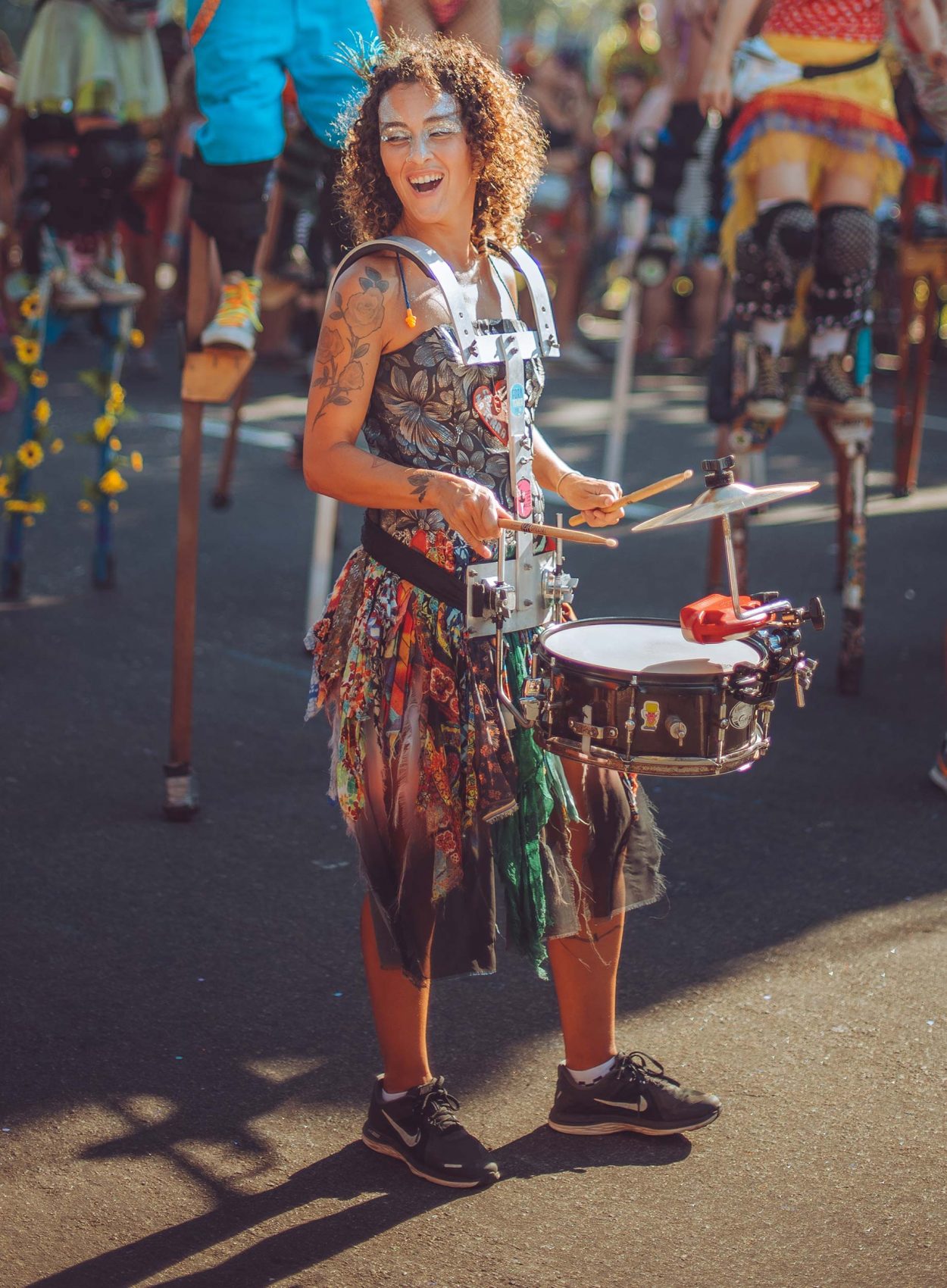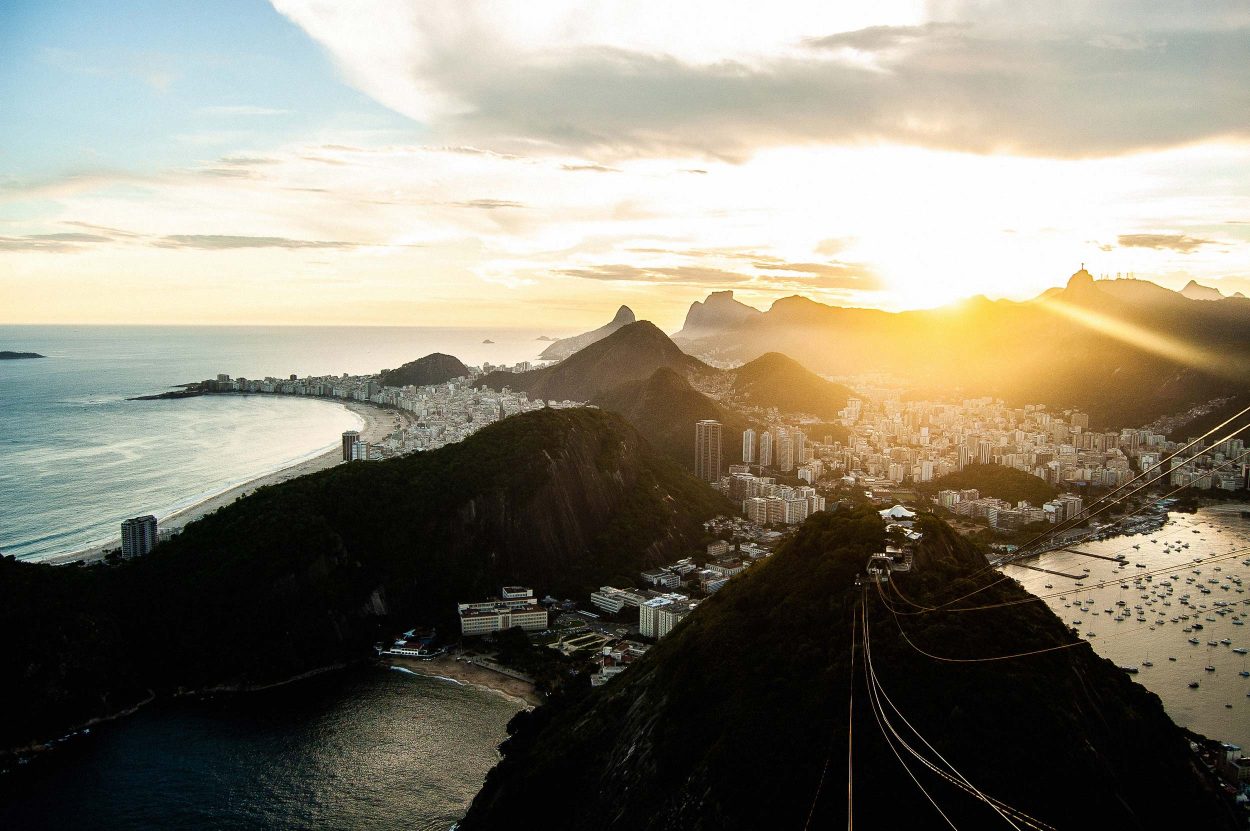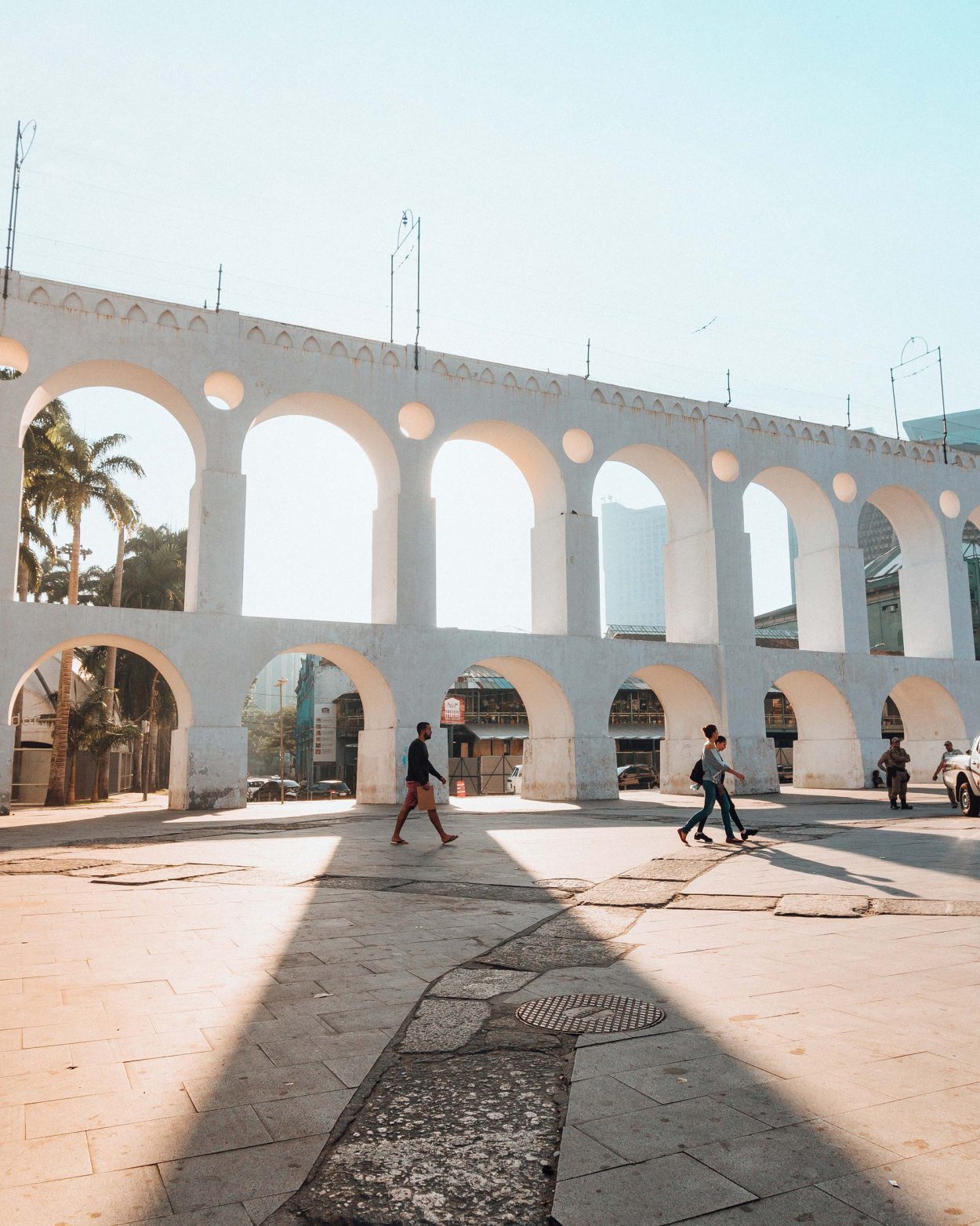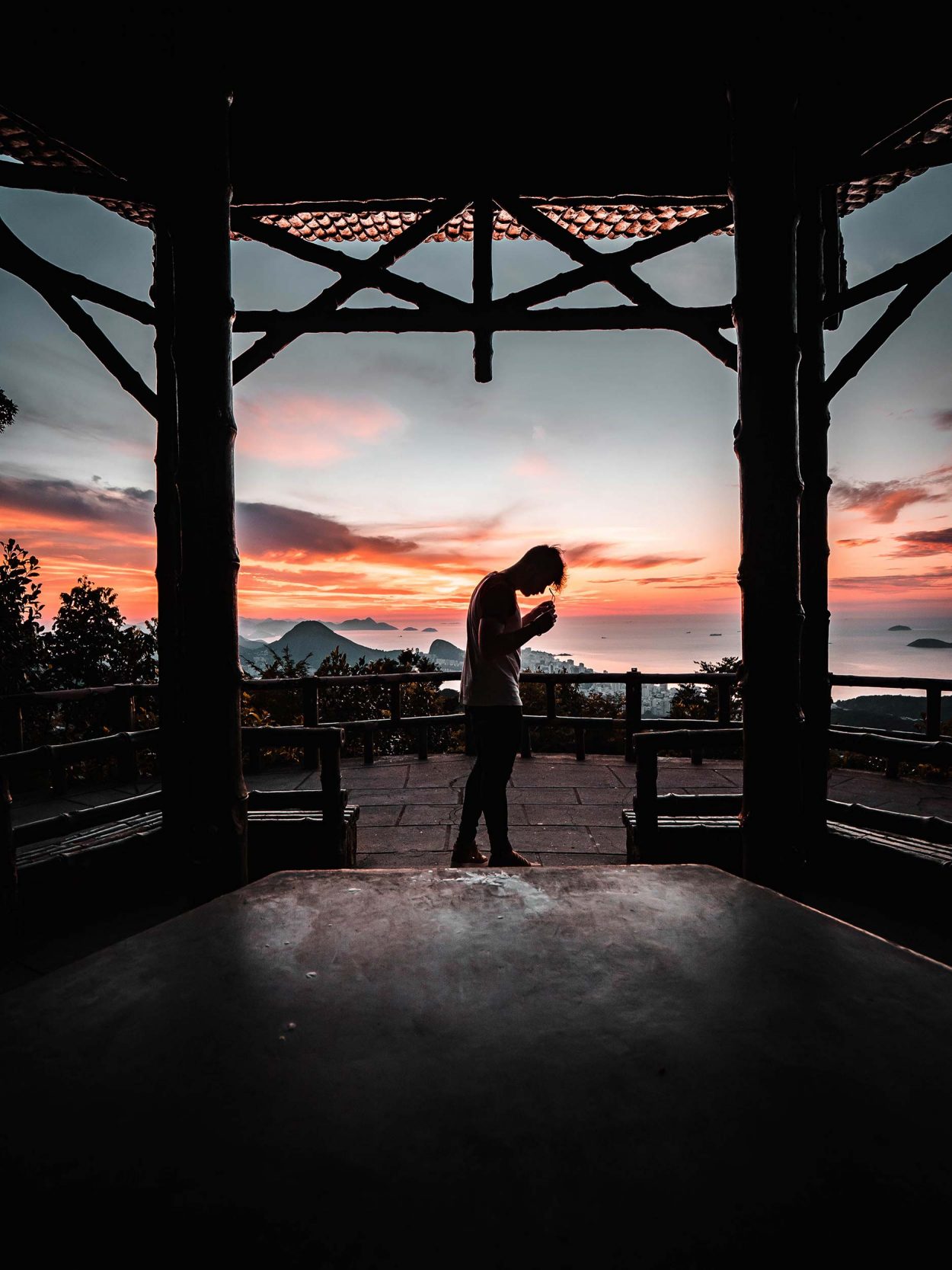How Brands used Tech in Rio28.02.19
With the Tokyo Olympics 2020 coming up soon, I looked at how the Rio Olympics 2016 celebrated and showcased a variety of sports as the world watched, something that all sorts of brands were keen to take advantage of.
As with any sporting event, the Olympics are a great platform to expose your brand to a mass global audience, and it’s interesting to note how advances in tech have it made much easier for them to do so.
Innovation and Interaction
Unlike before, digital innovations helped brands create a unique way for their customers to experience the Games. This comes as audiences move away from being passive viewers, instead becoming interactive participators who expect to be fully immersed in experiences, something that brands are responding to more and more.
Here I take a look at how brands used technology to enhance their audience’s experiences throughout the two-week event.
Virtual reality has the ability to reach a remote audience and immerse them in an experience
Virtual reality
Over the last few years we have seen a rise in the use of virtual reality at events across the world and the Olympics was no exception. The Olympic Broadcasting Team showed the opening and closing ceremonies and one sporting event each day in virtual reality; something that has only been made possible due to technological advancements that have happened recently and will be new to the majority of people.
Virtual reality has the ability to reach a remote audience and immerse them in an experience. Samsung is one brand that certainly takes advantage of this. For the 2016 Olympics they created a virtual reality film, ‘Vanuatu Dreams’, which could be experienced using their own VR glasses, Samsung Gear VR. They also partnered up with NBC in the US to broadcast over 100 hours of virtual reality and 360 videos via the NBC sports app. Those who watched found themselves transported to Rio and immersed in the events, all from their living rooms.


Social media
A strong social media presence has become the norm, simply because visibility and engagement with a brand’s target audience is unrivalled when it comes to encouraging two-way interaction. It provides an element of immediacy that people now look for, the ability to receive and digest information quickly.
People can now interact with brands via two-way experiences and this new dynamic needs to be incorporated into the experiences a brand creates. This is even heightened when there is a big event like the Olympics, with everyone looking to social media to get information, while being actively involved.
This is why brands like Coca Cola and Airbnb created social media campaigns. Coca Cola ran a campaign called #ThatsGold, which featured 79 athletes and targeted 50 markets across the world. Meanwhile, Airbnb became the first official alternative accommodation sponsor for the Olympics, and they celebrated this through a video campaign called #StayWithMe, designed to highlight ‘a community at its best’.


It has never been easier to connect brands with audiences
Audience experiences
Audience experiences are being improved by convenience tech - the innovations we rely on that make day to day life much simpler. One of the best advancement in this area is cashless technology, allowing the everyday consumer to pay via smartphone, contactless card or even using a wristband. For the Olympics, Visa created an innovative bracelet using near field technology that guests could use to pay with at all 4,000 points of sale at the Olympic venues.
It has never been easier to connect brands with audiences, particularly with the integration of technology in everyday life. Digital innovations offer more opportunities to engage and fully immerse people in experiences, and the 2016 Olympics was no exception. We can't wait for what's in store for the 2020 Tokyo Olympics, which as a tech capital, will undeniably boast some impressive digital integration in its event.
Brands are embracing the latest technology and adapting to a changing world of innovations to reach their consumers and enhance their experiences, whether physically at the event or watching from home.
Link copied